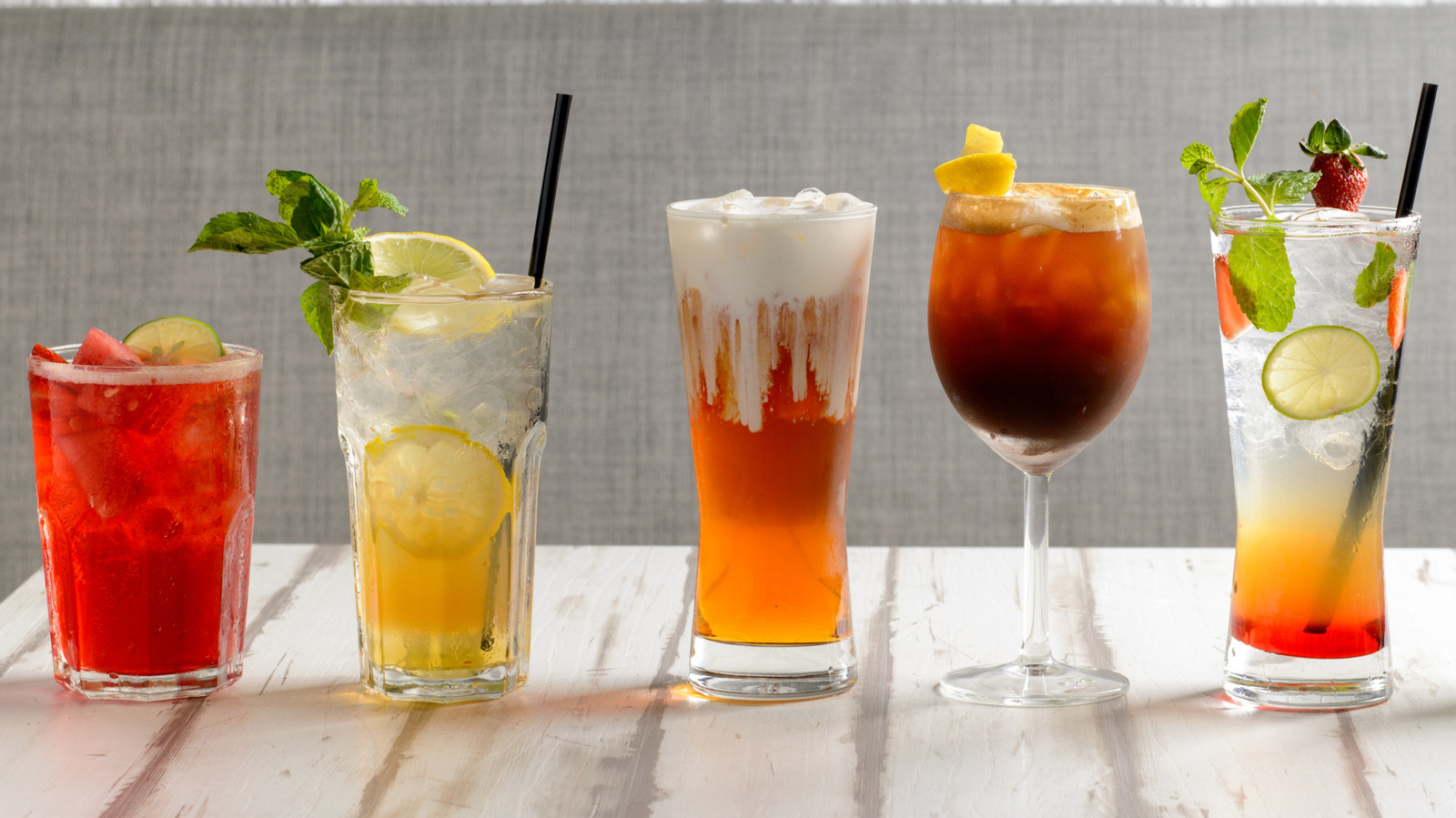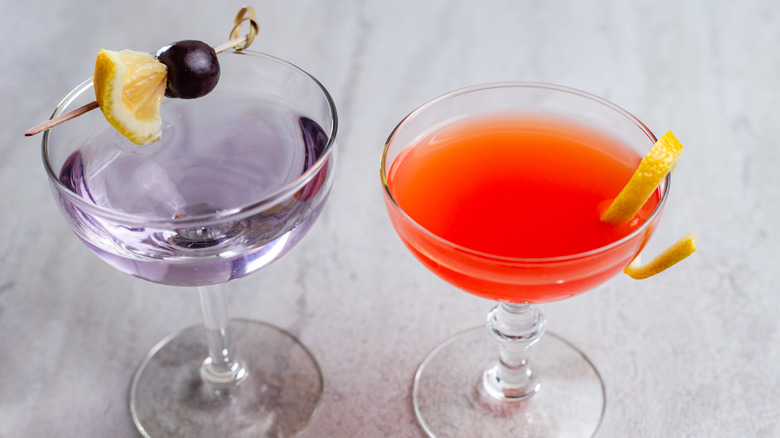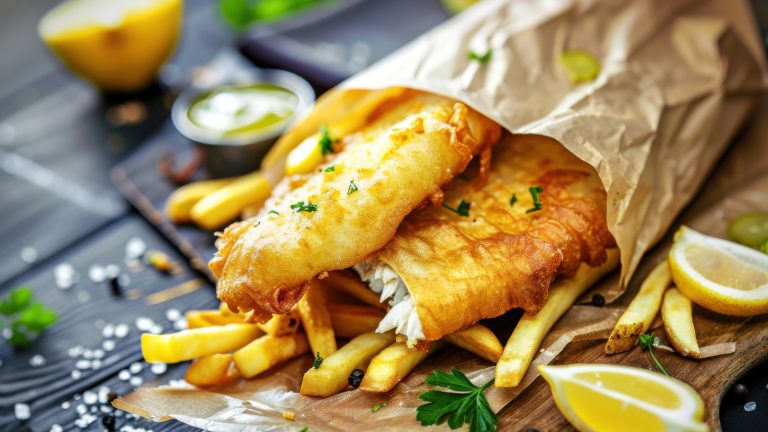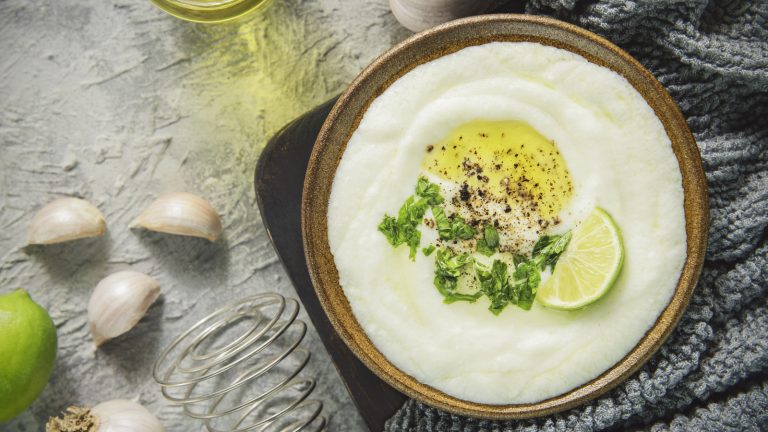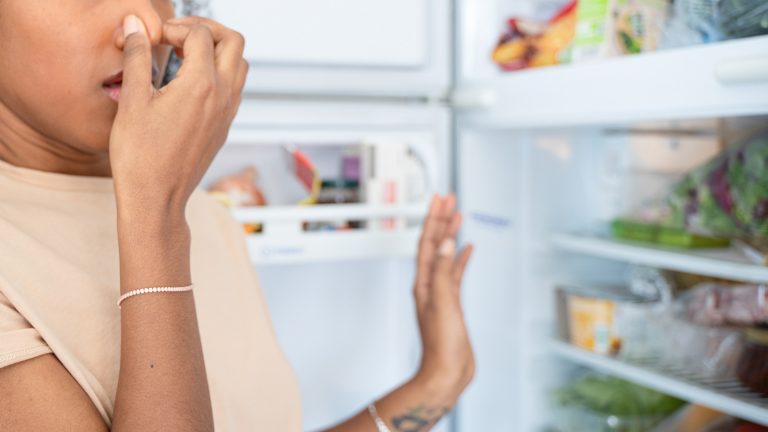Prohibition as depticted in movies may seem like a glamorous time, but don’t let the smooth jazz and flapper dresses fool you. From 1920 to 1933, the U.S. attempted to outlaw alcohol. But, of course, Americans didn’t stop drinking, they just started doing it behind closed doors. It didn’t take long for a booze black market to emerge during Prohibition, which is when moonshine and bathtub gin came into play. These DIY mashups may have provided a buzz, but many of the recipes would have folks gagging. Moonshine in particular was stomach turning, and not just for its alarmingly high alcohol level. Backyard distillers would allegedly season their moonshine with dead rats or rotten meat, claiming it would somehow produce bourbon-adjacent flavors.
The process of making gin was far less health-hazardous, but the result was often just as horrendous. Bathtub gin was hardly a gin at all, but a watered down mash flavored with juniper oil. It lacked gin’s primary ingredient, juniper berries, and all of the notable botanicals that make it so deliciously smooth and complex. It wasn’t just alcohol that folks missed, but the social aspect of the bar scene and drinking culture. Speakeasies were hidden everywhere but bartenders had limited supplies to work with, forcing them to get creative behind the bar. In order to make any of these vile spirits palpable, speakeasy bartenders had to employ some supporting players; garnishes, mixers, and sweeteners. These ranged from bitters and sodas, fruit juices and garnishes, to sugar and syrups.
Prohibition cocktail garnishes had to mask bad flavor
Folks could either wince at the taste of horrid bathtub gin, or disguise it with all the sugar and garnishes within reach. Cocktails like the Pink Lady utilized egg white to help mask the taste of nasty so-called gin while the Last Word concealed the below-par gin with sweet maraschino cherries and lime juice. Ultra sugary rum was another heavy hitter during Prohibition, often made smoother with pineapple juice, orange wedges, and grenadine.
While there were a few loopholes around legally drinking during Prohibition, it was illegal for most and generally seen as taboo. Movies made breaking the rules seem fabulous, but behind the bedazzled shimmering dresses and feather-adorned fedoras, were, well, disgusting cocktails. Nevertheless, the law didn’t slow anyone down. In fact, it seemed to only make folks thirstier. With all the distilleries nailing their doors shut, folks had to turn to the next best thing; industrial alcohol. For one, this heavy-duty commercial grade alcohol was explicitly for cleaning or manufacturing, not for ingesting. Companies even added chemicals to their bottled industrial alcohol for the sole reason of deterring drinkers, making it dangerous to consume. That little obstacle didn’t faze the determined bootleggers and rum runners, it only motivated them to get inventive. But they weren’t always successful at removing the poisons and drinks became known as “rotgut liquor,” with many suffering and even dying after drinking it.


